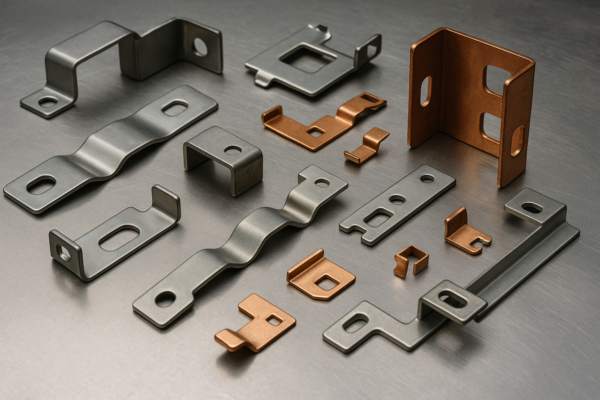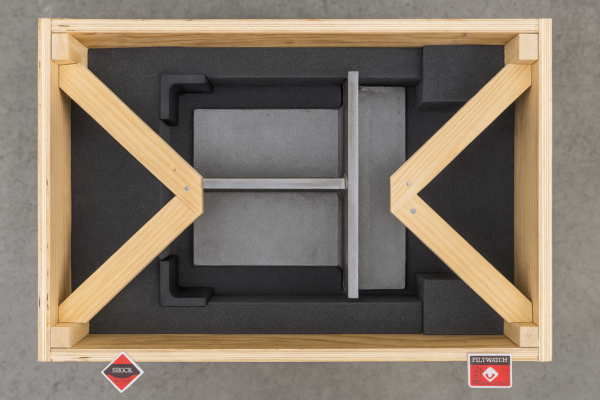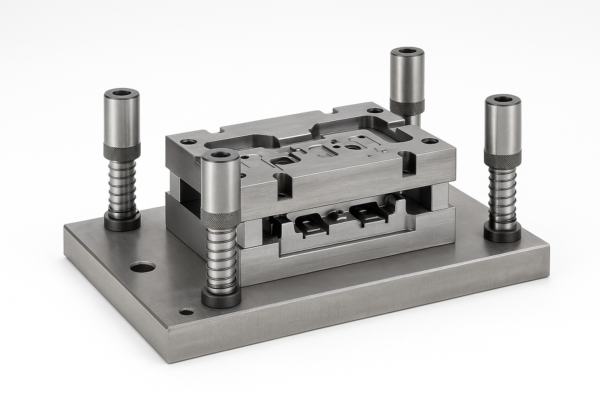What Will a Laser Not Cut?

What will a laser not cut—and what should you absolutely avoid?
Laser cutting is efficient and precise, but not every material can be safely or effectively processed with a laser. Some release harmful gases, reflect the beam, or burn instead of cut.
Understanding what laser cutting can’t handle helps you avoid costly errors, protect equipment, and ensure product safety. Keep reading for a detailed breakdown of materials to avoid, and how Prime helps you choose the right process for every part.
What Material Cannot Be Laser Cut?
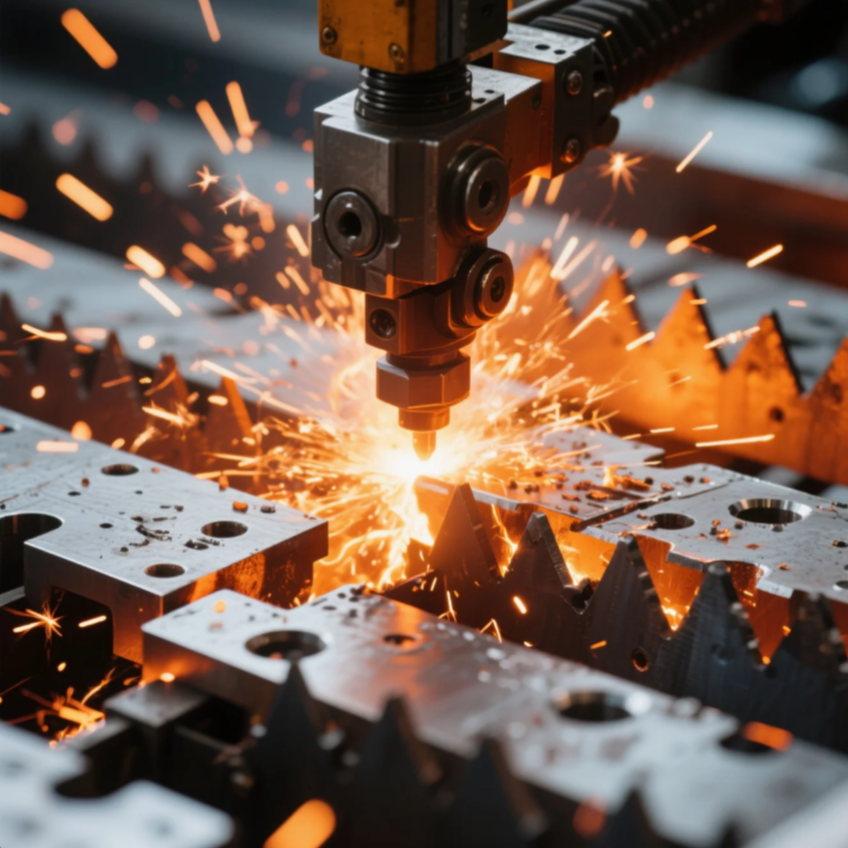
Still wondering “what will a laser not cut” safely or cleanly?
Materials like PVC, polycarbonate, ABS, and fiberglass should not be laser cut due to toxic fumes, uncontrolled burning, or equipment damage.
Dive Deeper: Why These Materials Fail in Laser Cutting
Many materials seem harmless until exposed to high-heat laser beams. At that point, they release gases, catch fire, or damage the laser lens.
⚠️ Materials That Should Never Be Laser Cut
| Material | Why It Fails | Risk Type |
|---|---|---|
| PVC (vinyl) | Emits chlorine gas | Corrosive & toxic |
| Polycarbonate | Scorches and discolors | Fire risk |
| Teflon (PTFE) | Produces toxic, persistent fumes | Health hazard |
| ABS plastic | Melts, smokes heavily | Odor & residue |
| Fiberglass | Contains glass and resin | Charring & smoke |
| HDPE | Catches fire easily | Fire hazard |
At Prime, we often advise customers to use CNC precision machining instead—especially when cutting custom plastic housings or panels.
Explore CNC solutions for hard-to-cut materials →
Summary:
Some common plastics and composites are not laser-safe due to fumes, fire risk, and poor edge quality. CNC machining is a safer and cleaner alternative for these materials.
Which of the Following Materials Can Not Be Laser Cut?
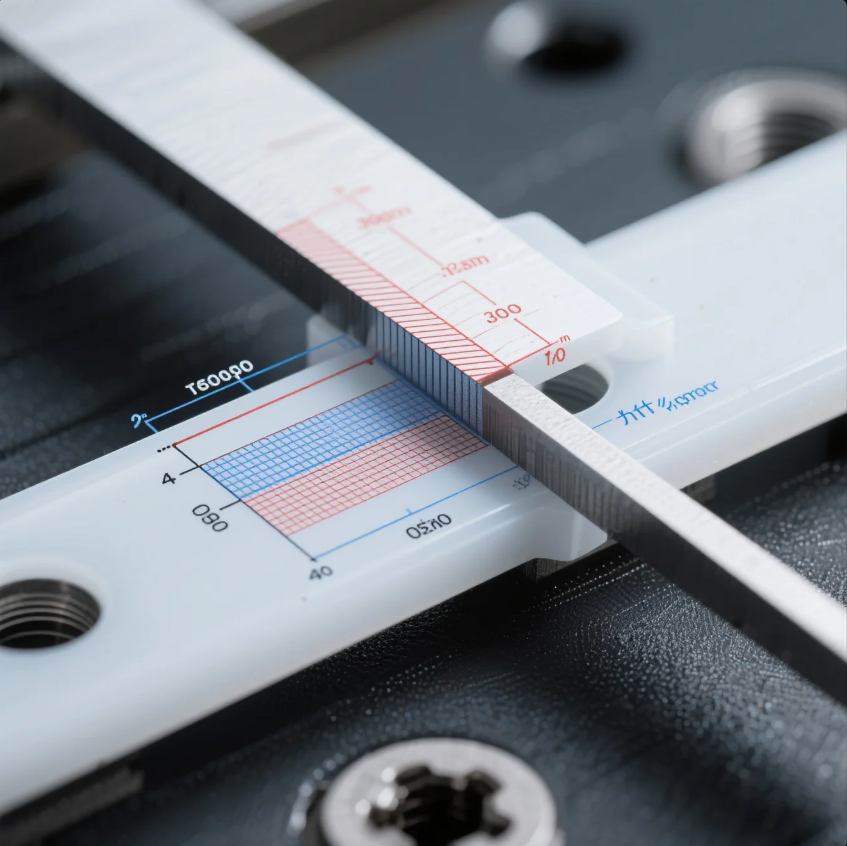
Customers often ask: “Which materials should I absolutely avoid with lasers?”
Plastics like polycarbonate, ABS, and HDPE top the list of laser-incompatible materials. They burn, warp, or produce noxious smoke.
Dive Deeper: Real-Life Material Failures
One of our U.S. clients tested polycarbonate sheets for a medical device cover. Laser cutting caused yellowing, warping, and heavy smoke. After switching to CNC plastic part machining, they achieved clean, burr-free edges.
✅ Prime’s Safer Alternatives
| Material Unsafe for Laser | Prime’s Alternative Process | Typical Applications |
|---|---|---|
| Polycarbonate | CNC Machining | Housings, lenses |
| PVC | Plastic Injection Molding | Piping, connectors |
| ABS | CNC or Injection Molding | Auto panels, electronics |
We offer full ISO-certified plastic part production, ensuring every alternative method meets international safety and precision standards.
See Prime’s plastic part capabilities →
Summary:
Not all plastics are equal—some melt or smoke during laser cutting. Prime provides safer alternatives like CNC or injection molding based on your application.
Can You Laser Cut Anything?

The idea that lasers cut anything is a common myth.
Highly reflective, soft, or coated materials—like thick aluminum, foam boards, or mirror acrylic—do not perform well with lasers.
Dive Deeper: Common Laser Cutting Misconceptions
In a recent project, a German buyer requested laser-cut aluminum parts for surgical-grade instruments. We recommended CNC aluminum processing instead. The results: smoother edges, better consistency, and zero machine risk.
📋 Laser vs Other Methods
| Material | Laser Compatibility | Prime’s Recommended Method |
|---|---|---|
| Thick aluminum | Not optimal | CNC Precision Machining |
| Mirror acrylic | Causes beam deflection | CNC or Milling |
| Foam sheets | Uneven burn and melting | Water jet or Die Cutting |
Our team evaluates every project based on part geometry, tolerance, and material type—then recommends the safest, most cost-effective process.
Read our CNC aluminum case studies →
Summary:
Some metals and foams are unsuitable for laser due to reflectivity or burning. CNC and waterjet methods offer cleaner results for these materials.
What Are the Limitations of Laser Cutting?
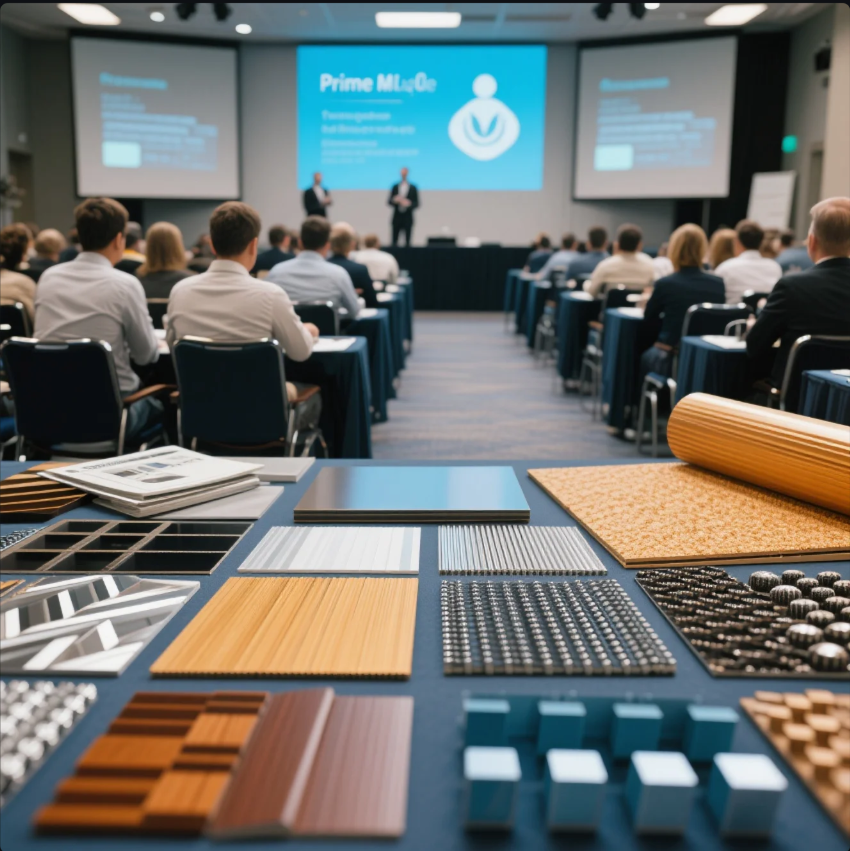
Even advanced laser machines have limits.
Limitations include maximum thickness, reflectivity, fumes, and edge quality in some materials. That’s why successful manufacturers use hybrid workflows.
Dive Deeper: When Laser Cutting Isn’t the Best Tool
At Prime, laser cutting is ideal for thin metals and clean outlines. But when edge quality or quantity becomes critical, we shift to faster or more precise processes.
🔄 Prime’s Multi-Process Comparison
| Limiting Material | Laser Problem | Better Method at Prime |
|---|---|---|
| >8mm stainless steel | Poor cut quality | CNC or Casting |
| Reflective brass or copper | Beam bounceback | Stamping or Precision CNC |
| High-volume metal brackets | Slow laser throughput | Progressive Die Stamping |
With 10 dedicated production lines, we don’t force-fit laser cutting. We apply the right process for the right material—whether it’s stamping, welding, casting, or CNC.
See Prime’s casting solutions →
Summary:
Laser cutting works well for thin sheet metal, but not for thick or reflective parts. Prime’s multi-process lines provide flexible, optimized alternatives.
Conclusion
What will a laser not cut? Plenty. Toxic plastics, thick reflective metals, and flammable or soft materials all pose serious challenges. But you’re not limited—Prime offers safer, cleaner alternatives like CNC machining, casting, and stamping.
Looking for safe, efficient ways to cut difficult materials?
Contact Shandong Prime International Trade Co., Ltd. today for a free consultation, detailed quote, and optimized production solution.
We offer:
✅ ISO-certified multi-process manufacturing
✅ 20+ years of global industrial experience
✅ Fast turnaround and precision parts
📧 Click here to contact our engineering team now →
🌐 Visit our site to learn more →

